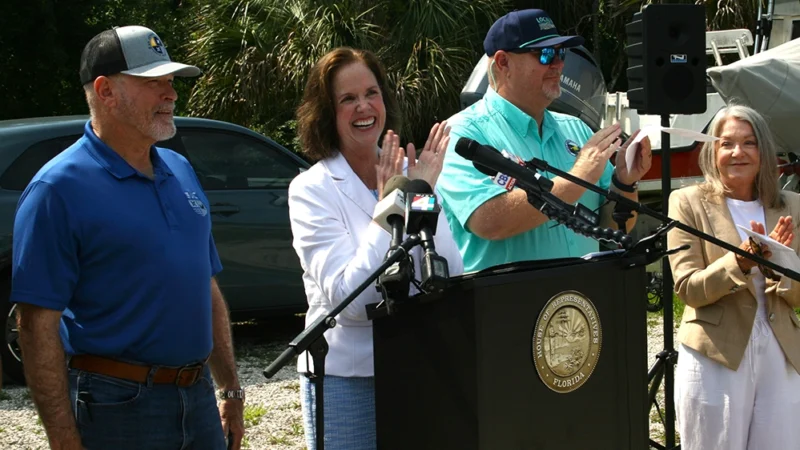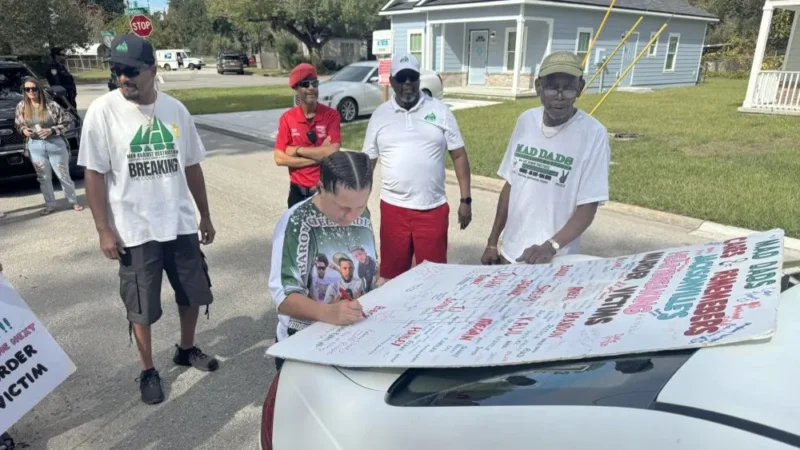Plenty of rain fell across the Southeast last week, improving drought levels across much of the region.
Overall, the state went from having about 93% of its population under some drought to having a drought that affected about 87% of the state.
The most significant improvement came across the Panhandle, which went from a moderate drought to several areas that were not even dealing with a drought. Northeast Florida ranges from abnormally dry to a moderate drought.
The rest of the peninsula is dealing with a drought, but at least the extent of extreme drought has shrunk by about 16%.
South Florida’s extreme drought has shrunk significantly, especially in the southeast. Only parts of extreme western Broward County and northwestern Miami-Dade are under an extreme drought. Parts of southwest Florida remain under extreme drought, but this area has also shrunk.
Central Florida also saw a significant improvement in the drought. The same area between Sumter and Lake County through Volusia County, which was under an extreme drought is now under a severe drought.

Looking around, Central and South Florida lakes still show some low levels, but at least some moisture is being held off in the ground.
Looking ahead, the weather pattern shows a dry trend with extreme heat. This is a bad combination for the drought to worsen.
Rainy season officially starts (for some)
Different areas across Florida follow different parameters to tell when and if the rainy season has started.
Some places, like South Florida, have an official date for the start of the rainy season. For Southwest Florida and Southeast Florida, the rainy season officially starts May 15.
But we know that the atmosphere knows nothing about calendars. The National Weather Service established a date on the calendar as an official start. After all, South Florida experiences about 70% of its annual rainfall during the next six months through Oct. 15.
The Tampa Bay area rainy season officially starts May 25 and typically runs through Oct. 10. During this timeframe, the area sees most of the annual precipitation fall.
Central Florida does not follow a specific official start date. The National Weather Service in Melbourne often uses specific criteria to establish whether the rainy season has started.
To know if the rainy season has started, there needs to be fewer cold fronts making their way through and consistent high dew points, indicating more water vapor in the atmosphere, which is often also a trigger for the afternoon thunderstorms.
Typically, the rainy season across Central Florida ends around mid-October. About 61% of the annual rainfall for this region falls between June and October.
The Panhandle area, specifically Tallahassee, receives about 60 inches of rain a year, with the highest rainfall falling between June and August, where about 40% of the annual rain falls.
Unlike other areas, the Panhandle has three faces. Tropical storms are more likely between May and June, and the rainy season peaks in July through early September.
Between mid-September and early October, rainfall could be highly variable due to tropical systems and the shift to cold fronts making an appearance and passing through.






